 I recently received a lesson on the origin and true meaning of the word coach. A coach can be defined as something that takes you somewhere, such as a stage coach or coach seat on an airliner. But a COACH is someone who takes you where you want to go. One of the many powers of a coach is the ability to make memories and lessons that stick with you forever, that take you places every day. I have been coached for the majority of my life before ultimately becoming one because knowing the effect these special people had on me, I wanted to be that for someone else.
I recently received a lesson on the origin and true meaning of the word coach. A coach can be defined as something that takes you somewhere, such as a stage coach or coach seat on an airliner. But a COACH is someone who takes you where you want to go. One of the many powers of a coach is the ability to make memories and lessons that stick with you forever, that take you places every day. I have been coached for the majority of my life before ultimately becoming one because knowing the effect these special people had on me, I wanted to be that for someone else.
But that’s me, that’s the way I am wired. But I wanted to find out from people like you why a COACH is so important. I had a great conversation with longtime NIFS member Buffy Linville and I posed the question: Why did you want to work with a coach? She had plenty so say, and I am honored and excited to share her thoughts with you.
Why did you want to work with a coach, Buffy?
My own experience with a personal trainer came after many years of unsuccessfully trying to lose weight. I finally accepted the fact that I didn’t know how to do it on my own. With great apprehension, I approached a coach at my gym and inquired about personal training. I had to fight off the desire to “get in better shape” first (kind of the same mindset that tells you to clean your house before the housekeeper comes)! For some reason, we’re embarrassed to admit that we need help. That’s sad. In the beginning, it was scary. I didn’t know what to expect and I was afraid of looking foolish. I had never been an athlete or done sports of any kind, so I didn’t know what it felt like to challenge my body—to feel fatigue in my muscles or get my heart rate up. But I also didn’t know what it felt like to feel strong or to be able to run, jump, or climb. I didn’t know what good movement was, or how good it felt to conquer mental and physical challenges*.
“I had to fight off the desire to ‘get in better shape’ first (kind of the same mindset that tells you to clean your house before the housekeeper comes)! For some reason, we’re embarrassed to admit that we need help.
Fast-forward 6+ years… After several years of personal training and group training to various degrees and with various coaches, and after a sprint triathlon, two bodybuilding shows, and three powerlifting meets, I myself am now a personal trainer—a personal trainer who still seeks out personal training and coaching. This is partly because I want to keep learning from people who know more than I do, but also because in spite of all the knowledge I have about how to train and eat well and recover, I still need help. And I still fight the embarrassment of not being where I think I need to be fitness-wise. But this is why a coach is so important—you quickly find out that you’re not the only one. Everyone ebbs and flows in their journey to become better (be it with fitness, career, finances…coaching is valuable in any walk of life that’s important to you).
“Having someone help you establish realistic goals, create a plan, and then push, encourage, and support you along the way makes all the difference whether you’re brand new or a seasoned veteran.”
What are your major reasons to work with a coach?
- Time and energy: Let someone else make the game plan. All you have to do is show up.
- Expertise: No matter how much you know, someone else will know, if not more, at least something different than you know.
- Education: It’s a professional’s job to stay current and always be learning. If you hire a reputable coach, you will likely always be learning something new—new exercises or a new/better way of doing something.
- Accountability: You may already know what to do, but it’s easy to let things slide when there’s no consequence, no accountability. If someone is paying attention to and following up with you on your progress, you’re more likely to stay on track.
- Assessments: A professional can take regular quality assessments to determine your progress and help you establish new goals.
- Motivation: In addition to accountability, a coach will be your number-1 cheerleader. They know how hard you’re working and will celebrate your successes with you and encourage you through rough patches.
- Efficiency: More than likely, you will work harder with a coach than you will on your own, which will help you achieve your goals faster.
***
I would not be where I am today if not for the coaches in my life, or people like Buffy who have coached me just as much as I have coached her. Working with someone who can get the most out of you, even when you think there is nothing left, is a powerful relationship. Find a COACH, and watch them take you somewhere.
 Interested in trying Small Group Training? Contact Tony today to attend a free session!
Interested in trying Small Group Training? Contact Tony today to attend a free session!
This blog was written by Tony Maloney, ACSM Certified Exercise Physiologist and Fitness Center Manager. To find out more about the NIFS bloggers, click here.

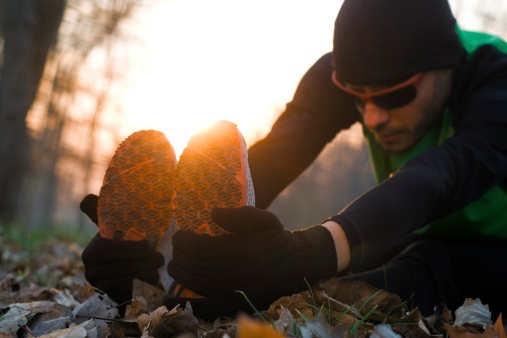 It’s 5:00 a.m. It’s still pitch-black outside. You have a long day ahead. And the weather forecast on your phone tells you the high temperature for today will be 15 degrees? Talk about not wanting to get out from under those cozy, warm covers. Nevertheless, your day awaits, and you must get up, get going, and try not to think about taking a nap all day.
It’s 5:00 a.m. It’s still pitch-black outside. You have a long day ahead. And the weather forecast on your phone tells you the high temperature for today will be 15 degrees? Talk about not wanting to get out from under those cozy, warm covers. Nevertheless, your day awaits, and you must get up, get going, and try not to think about taking a nap all day.
 It can be hard trying to change your lifestyle or fitness on your own. It can be even harder if you don’t have support from your family and friends. You family and friends can play a key role in your fitness journey, so why not get them involved and gain their support? Including them in your journey can help your motivation and help you enjoy the path to your fitness and health goals.
It can be hard trying to change your lifestyle or fitness on your own. It can be even harder if you don’t have support from your family and friends. You family and friends can play a key role in your fitness journey, so why not get them involved and gain their support? Including them in your journey can help your motivation and help you enjoy the path to your fitness and health goals. 
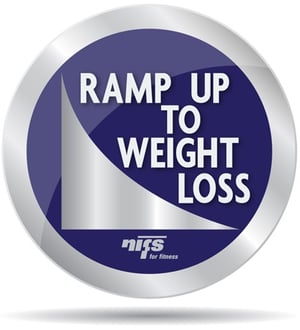
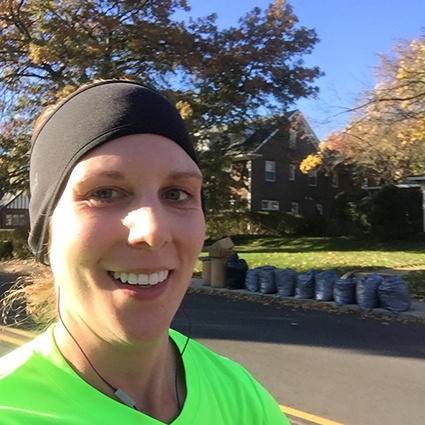 As we approach
As we approach 
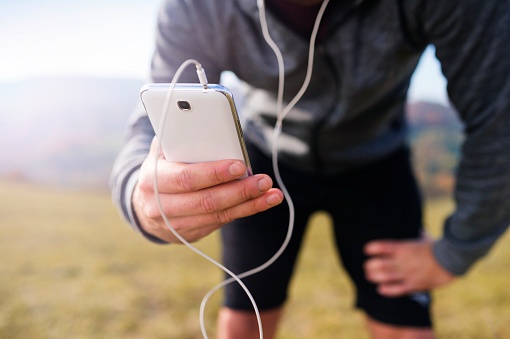 Salutations, NIFS friends. Picture yourself running across the finish line or standing on the winner’s podium at a major marathon event, scoring a touchdown in the Super Bowl, or even finishing up your final set of EZ Bar preacher curls. (Wait, what was that?) Now that you are wondering what I am getting to here, I must say that all three of those events have something in common, and that is the accompaniment of music.
Salutations, NIFS friends. Picture yourself running across the finish line or standing on the winner’s podium at a major marathon event, scoring a touchdown in the Super Bowl, or even finishing up your final set of EZ Bar preacher curls. (Wait, what was that?) Now that you are wondering what I am getting to here, I must say that all three of those events have something in common, and that is the accompaniment of music. 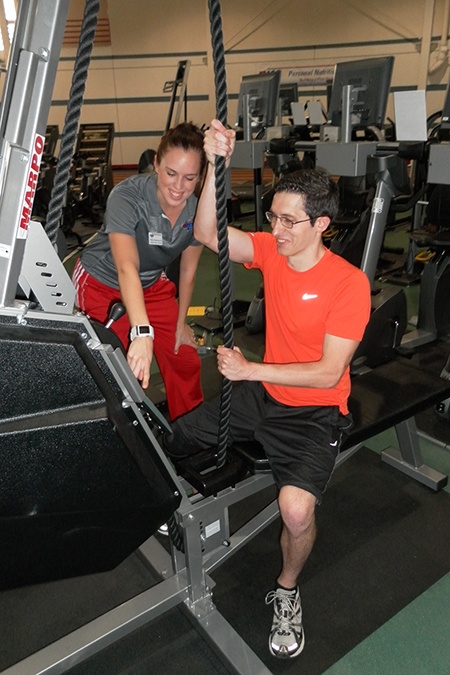 It’s that time again, everyone. Fall is upon us and the holidays are approaching… and what better way to start them all off than with NIFS’ 8th Annual
It’s that time again, everyone. Fall is upon us and the holidays are approaching… and what better way to start them all off than with NIFS’ 8th Annual 
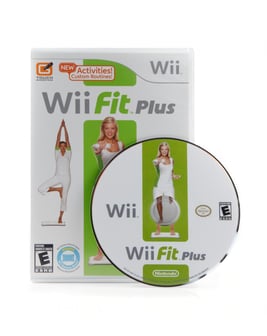 Several years ago the Nintendo Company introduced its newest entry into the video game market with the
Several years ago the Nintendo Company introduced its newest entry into the video game market with the  I recently ended my rugby career at Indiana University. I had been playing for 9 years, and competed in various other sports before that. Until now, I have always had a coach scheduling practices and creating workouts for me, and have always pushed myself to my limits for the team.
I recently ended my rugby career at Indiana University. I had been playing for 9 years, and competed in various other sports before that. Until now, I have always had a coach scheduling practices and creating workouts for me, and have always pushed myself to my limits for the team. 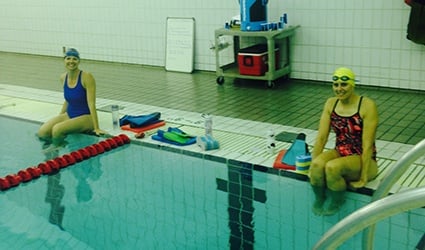 You have heard it over and over again: If you are not swimming, you are missing out on a great low-impact, total-body workout. If you were sore from beating yourself up from running on the roads or lifting earlier in the week, you will find yourself feeling much better after a good swim.
You have heard it over and over again: If you are not swimming, you are missing out on a great low-impact, total-body workout. If you were sore from beating yourself up from running on the roads or lifting earlier in the week, you will find yourself feeling much better after a good swim.  NIFS would like to highlight Brian Kumle, one of the recent graduates from its 14-week
NIFS would like to highlight Brian Kumle, one of the recent graduates from its 14-week 